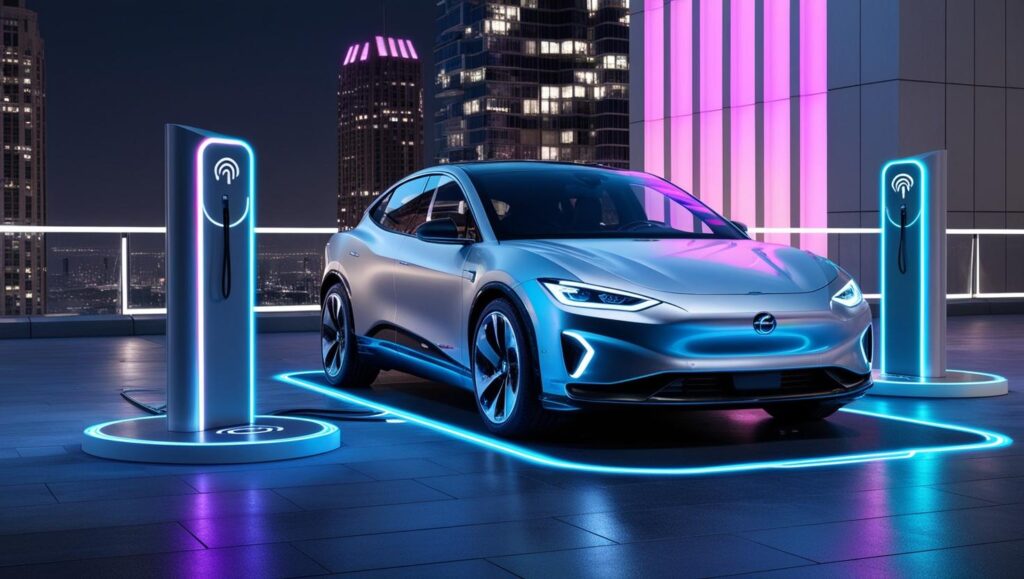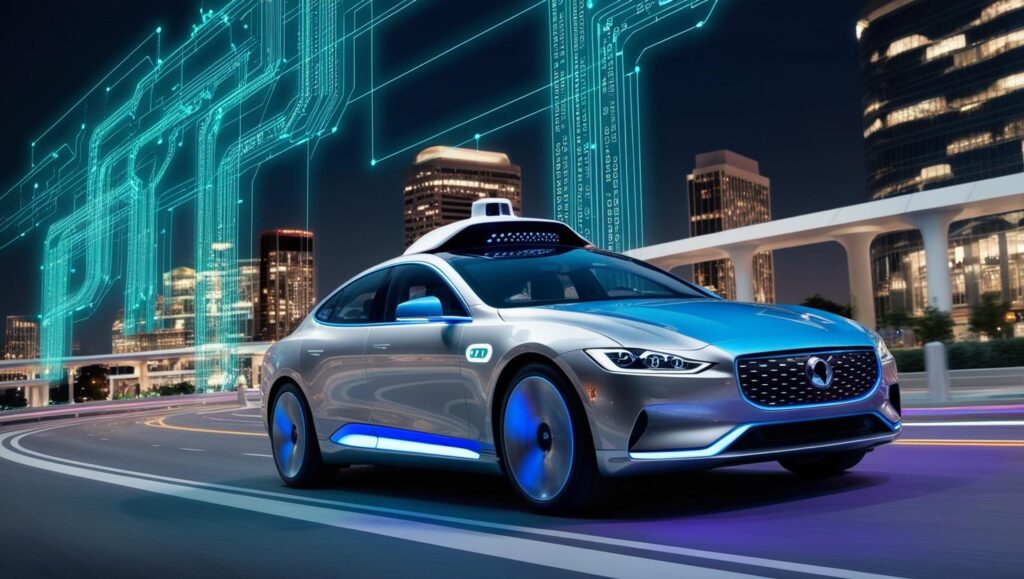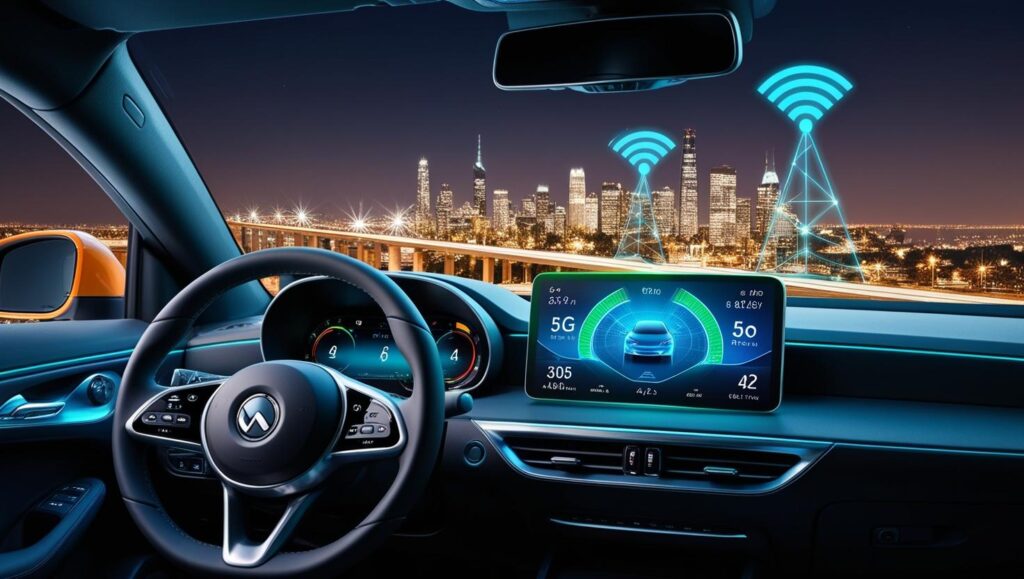The automotive industry is undergoing a seismic shift driven by technological advancements, sustainability efforts, and changing consumer expectations. From electric vehicles (EVs) to AI-powered driving assistants, innovation is reshaping how we drive and interact with our cars. Let’s explore the most transformative trends defining the future of mobility.
Electric Revolution: Beyond Just Battery Power
Electric vehicles are no longer a niche segment—they are the future of mobility. With governments pushing for lower emissions and automakers investing billions in research, EVs are becoming more efficient and affordable. Solid-state batteries promise longer range and faster charging, addressing two of the biggest concerns among potential buyers.
Moreover, wireless charging technology is gaining traction, eliminating the need for cumbersome cables. Automakers are also exploring solar-integrated panels that can extend a vehicle’s range using renewable energy.

AI and Autonomous Driving: A Step Closer to Full Automation
Artificial intelligence is revolutionizing the driving experience. From advanced driver-assistance systems (ADAS) to fully autonomous vehicles, AI is enhancing safety and efficiency on the roads.
Level 3 automation, allowing hands-free driving under specific conditions, is now available in select markets, with Level 4 and 5 in active development. These self-driving technologies rely on LiDAR, radar, and real-time data processing to navigate urban environments.
However, widespread adoption faces hurdles, including regulatory approvals and public trust. But one thing is clear—autonomous vehicles will redefine the way we commute and transport goods.

Sustainable Manufacturing and Eco-Friendly Materials
Beyond electrification, automakers are revolutionizing how cars are built. Sustainable materials like biodegradable composites, recycled plastics, and vegan leather are replacing traditional materials to reduce environmental impact.
Additionally, manufacturers are implementing carbon-neutral factories, leveraging renewable energy sources like solar and wind. The push for circular economy practices—where components can be reused and repurposed—ensures minimal waste.
These changes not only benefit the planet but also appeal to eco-conscious consumers who prioritize sustainability in their purchasing decisions.
The Rise of Connected Vehicles and Smart Infrastructure
Modern cars are more than just transportation—they are becoming mobile computers. 5G connectivity enables real-time communication between vehicles, infrastructure, and cloud networks. This innovation improves traffic management, reduces congestion, and enhances safety.
Vehicle-to-Everything (V2X) communication allows cars to “talk” to each other, alerting drivers to potential hazards or traffic conditions ahead. Meanwhile, over-the-air (OTA) software updates ensure that vehicles stay up to date without needing a trip to the dealership.

Conclusion: Driving Towards an Innovative Future
The automotive industry is entering an era of rapid transformation, where electric mobility, AI-driven automation, sustainability, and smart connectivity will shape the next generation of vehicles. As technology evolves, so will our expectations, leading to a smarter, safer, and more efficient driving experience.
Are you ready for the future of mobility? Buckle up—innovation is in the driver’s seat.